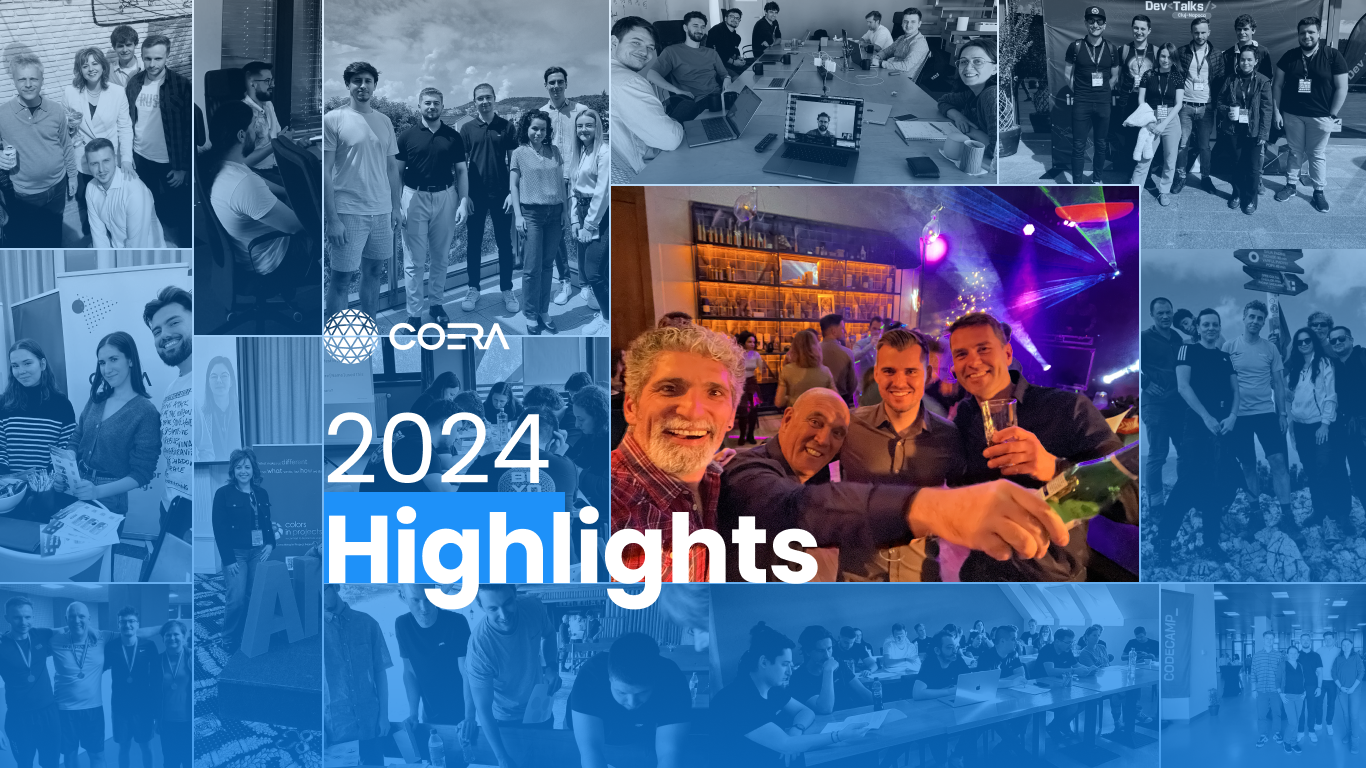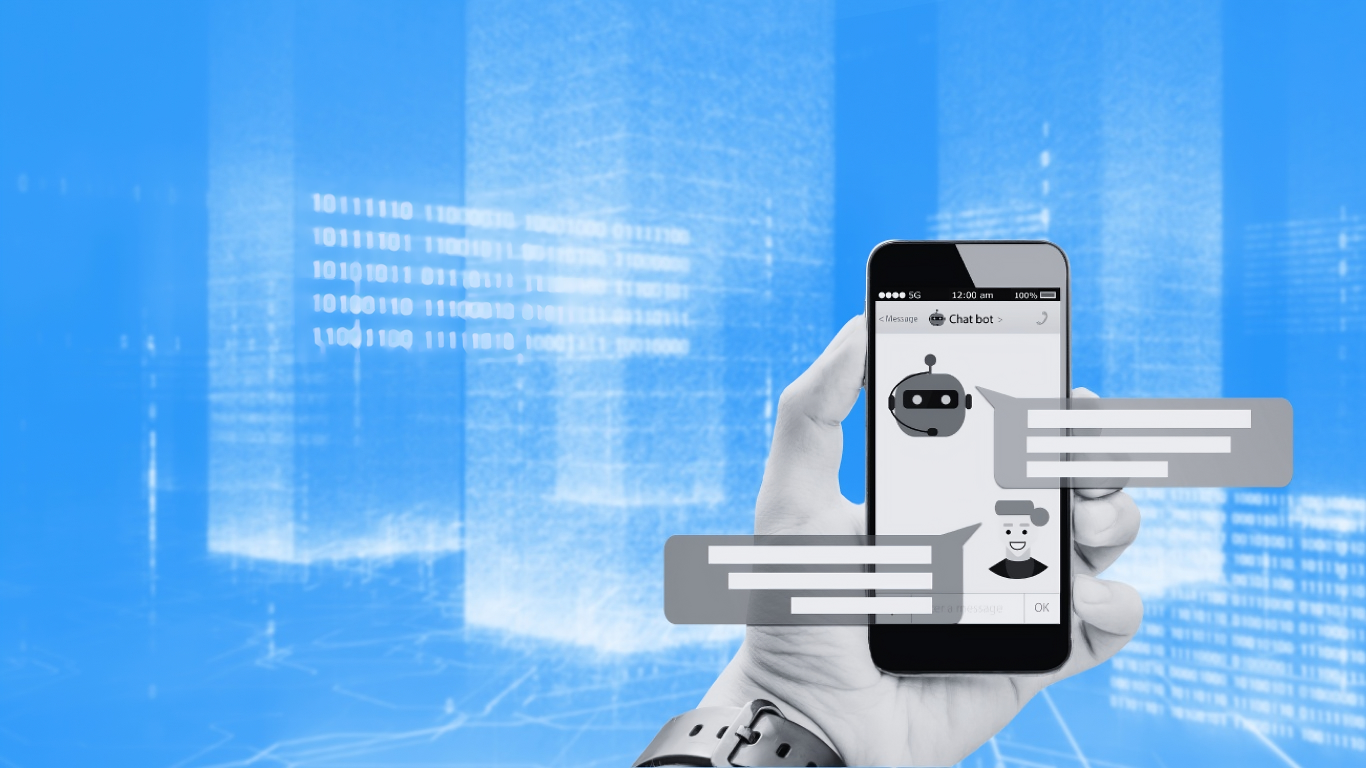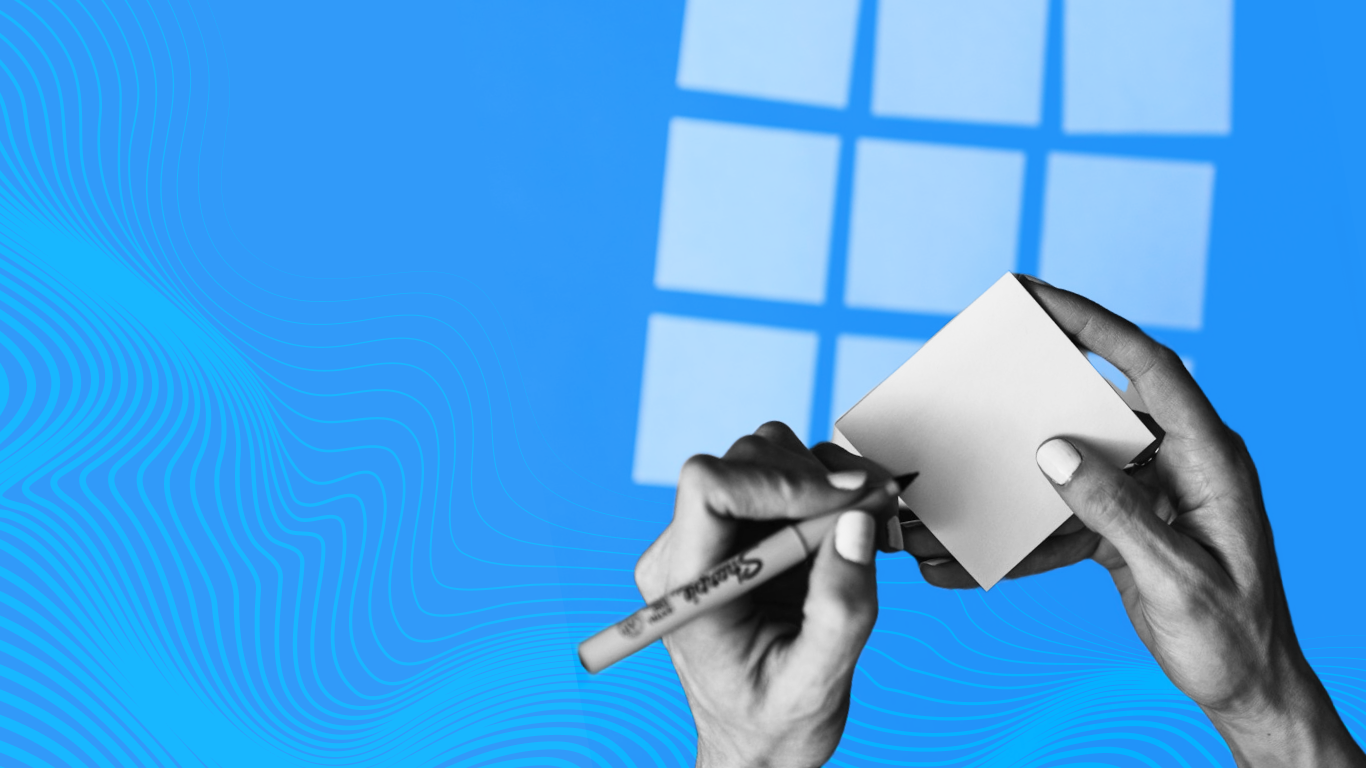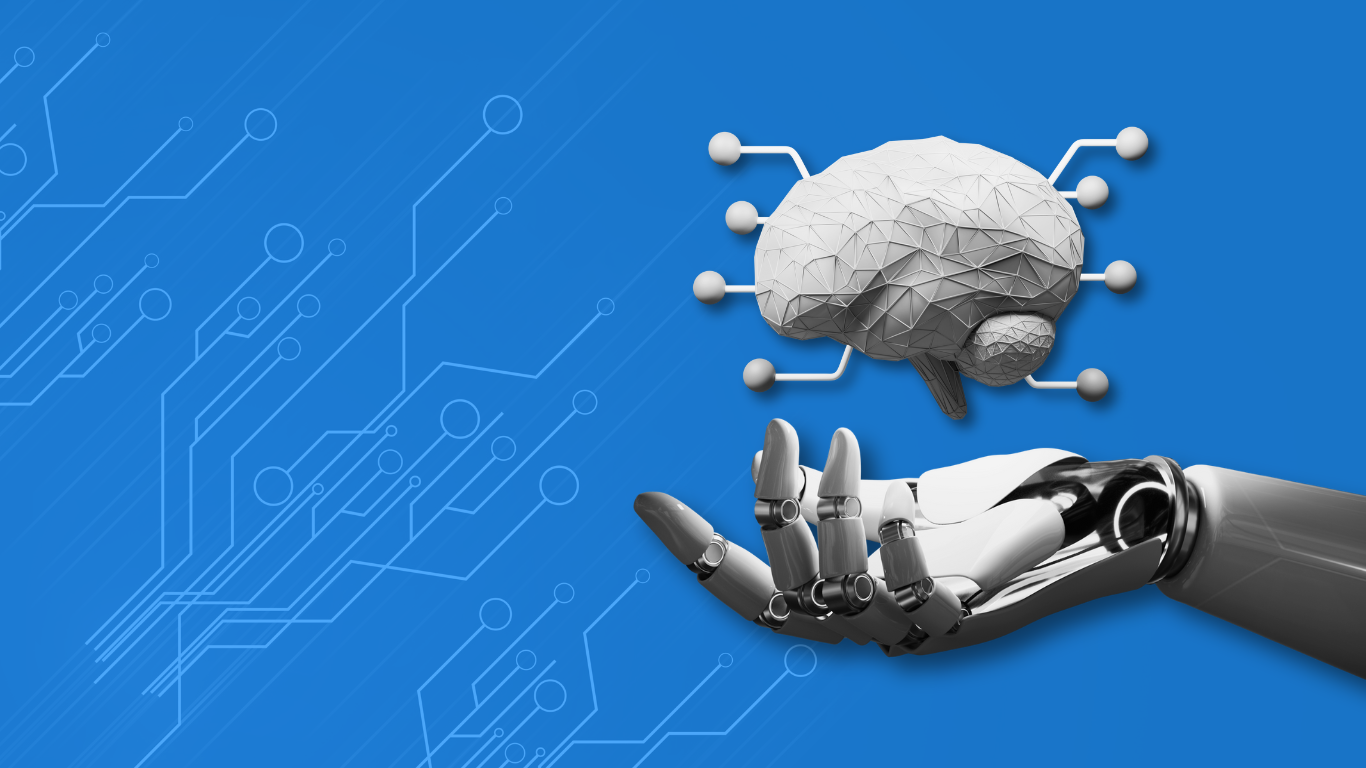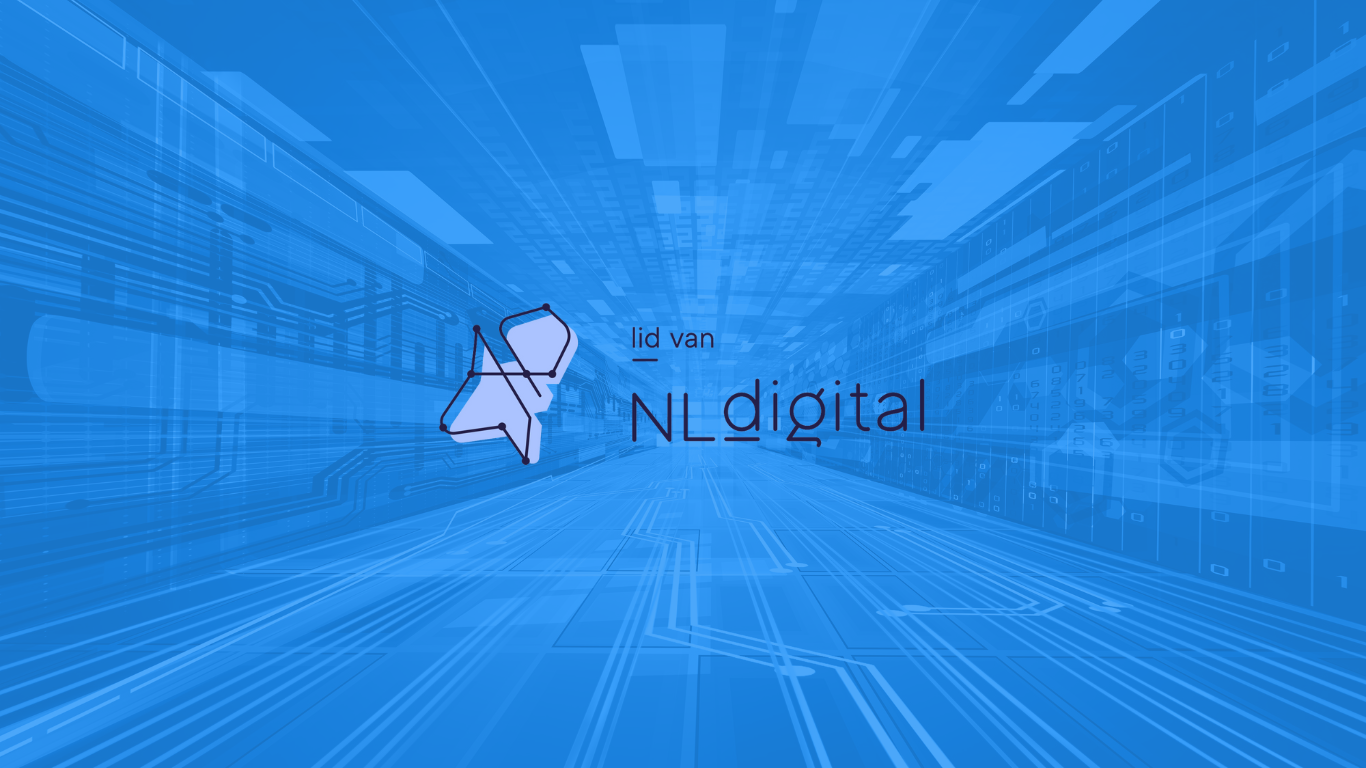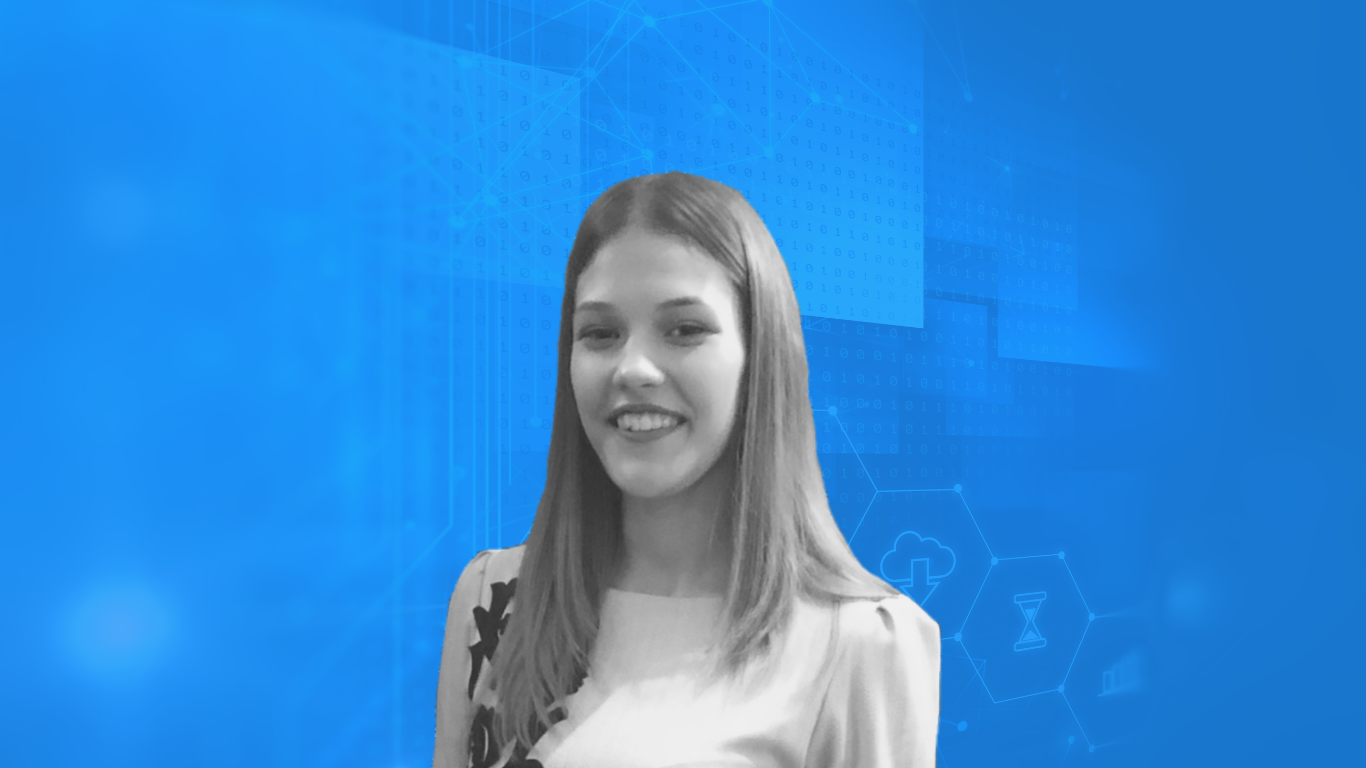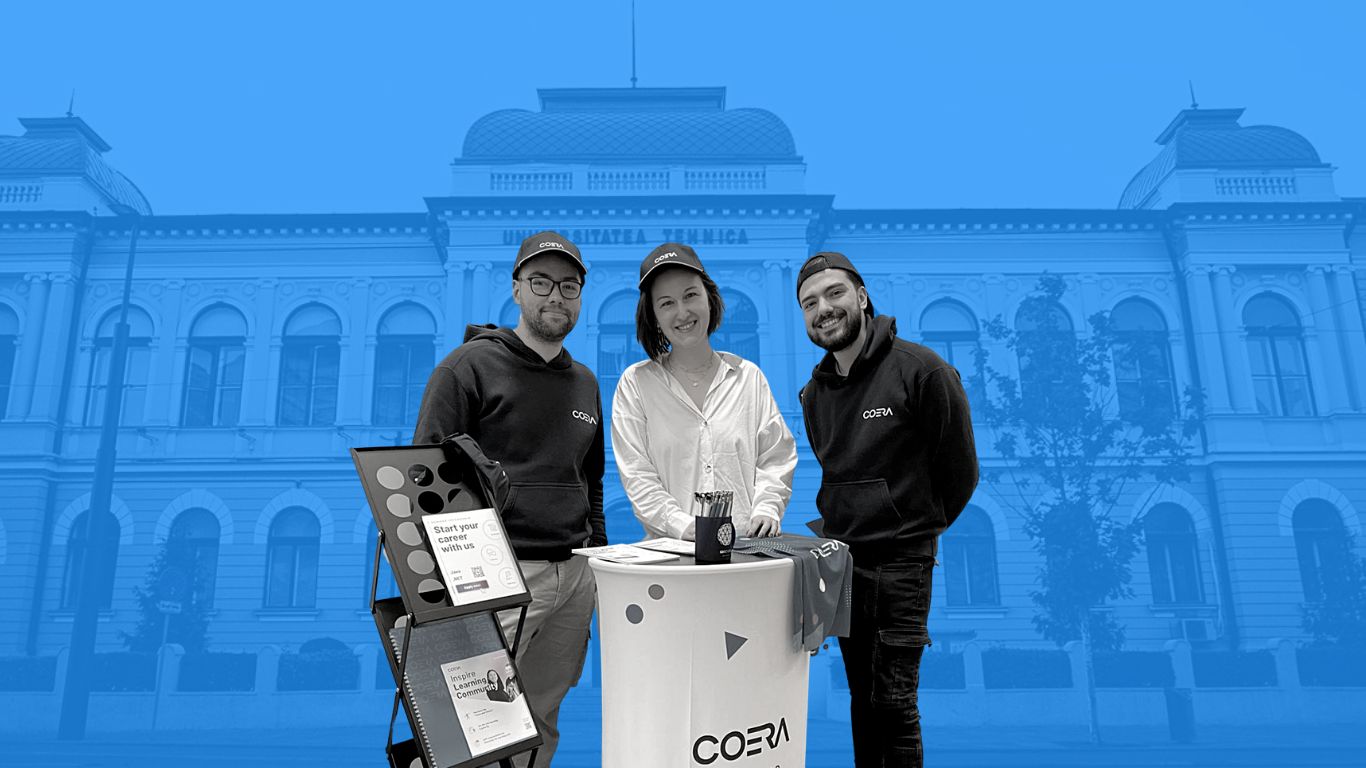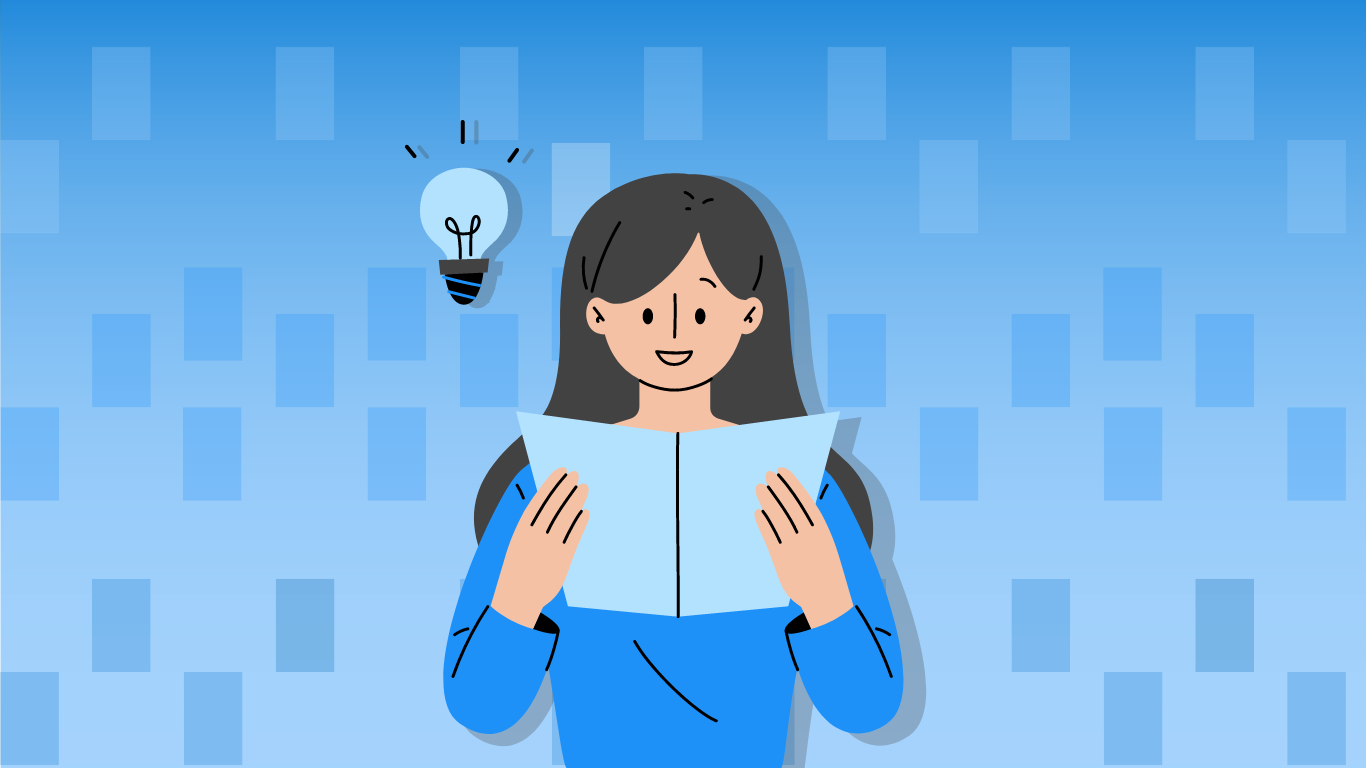If you read my previous posts, you know that I, as a non-IT person, struggle with all the abbreviations and the strange language that my IT colleagues use, so I decided to share with you what I’ve learned so far.
In this one I present the basics of a topic that I find fascinating: FinTech, which is short for Financial Technology.
What is happening?
New and dynamic FinTech start-ups provide services that used to be offered by banks.
In other words, FinTech like Insurtech or Healthtech are start-up initiatives aimed at disrupting the status quo of the respective industry with the use of new technologies and automation concept.
FinTech aims to make financial services more efficient, personal and secure by using new automation concepts.
What are the technology concepts of FinTech innovation?
- Blockchain technology (including Ethereum), a distributed ledger technology maintaining records on a network of computers, with no central ledger
- Cryptocurrency and digital cash
- Smart contracts, utilizing computer programs for automatic execution of contracts between buyers and sellers
- Open banking
- Robo-advisors for automate investment advices
- AI (Artificial Intelligence)
- Cybersecurity
What are the benefits of FinTech?
It reduces transaction and service costs, creates opportunities to reach new market segments and improves customer experience while eliminating human interference in the middle of the transactions. In other words, it is reinventing how we deal with the financial system. Let’s move on and talk about one of the most disrupting technology concepts of the last years.
What’s the difference between blockchain and Wikipedia?
First of all, Wikipedia is a free encyclopedia edited by people who use it.
Blockchain is a ledger (a file containing the summary of all the existing transactions) able to store transactional information (value traveling from one identity to another) with a specific decentralized security mechanism validating transactions, reducing the need for the middlemen (a bank or a notary for example).
When doing a transaction via bank, they check if you have the right amount of money and if so, they allow the transaction to be made – this transaction requires trust from each party (both the sender and the receiver, both should be assured that the money will arrive).
Blockchain allows the network to operate reliably without the need for a central point of control, by stringing computers into a network, all users are in charge with no need for supervision or additional security measures, users only need to trust the algorithm, that is transparent. This system is safe: if someone wants to modify one element, he or she must modify the whole chain which is impossible.
Using blockchain is similar to editing Wikipedia in some ways. Information can exist at many places and thanks to the internet it is available for everyone, can be moved around easily with copy & paste. Money on the other hand, is a value, thus it can only exist one place at a time, because you are not allowed to duplicate it. The major difference is that blockchain does not allow users to delete information that is already introduced, but Wikipedia can be modified by everyone at every time. Contributions to the blockchain need reviews before getting published and this is where the Miners come in.
Miners are people, who install and run a special Blockchain mining software that enables computers to communicate safely with each other. Once a computer is connected to the server, it starts “mining”: they secure the network and process bitcoin transactions, chaining together blocks that are basically complex mathematical problems need to be solved. For this, miners receive Bitcoins as reward. The process of validating bitcoin transactions (mining) takes the same amount of energy in a year that Austria consumes.
This is all I’ve got for you today, see you next time when we continue to explore the world behind!

